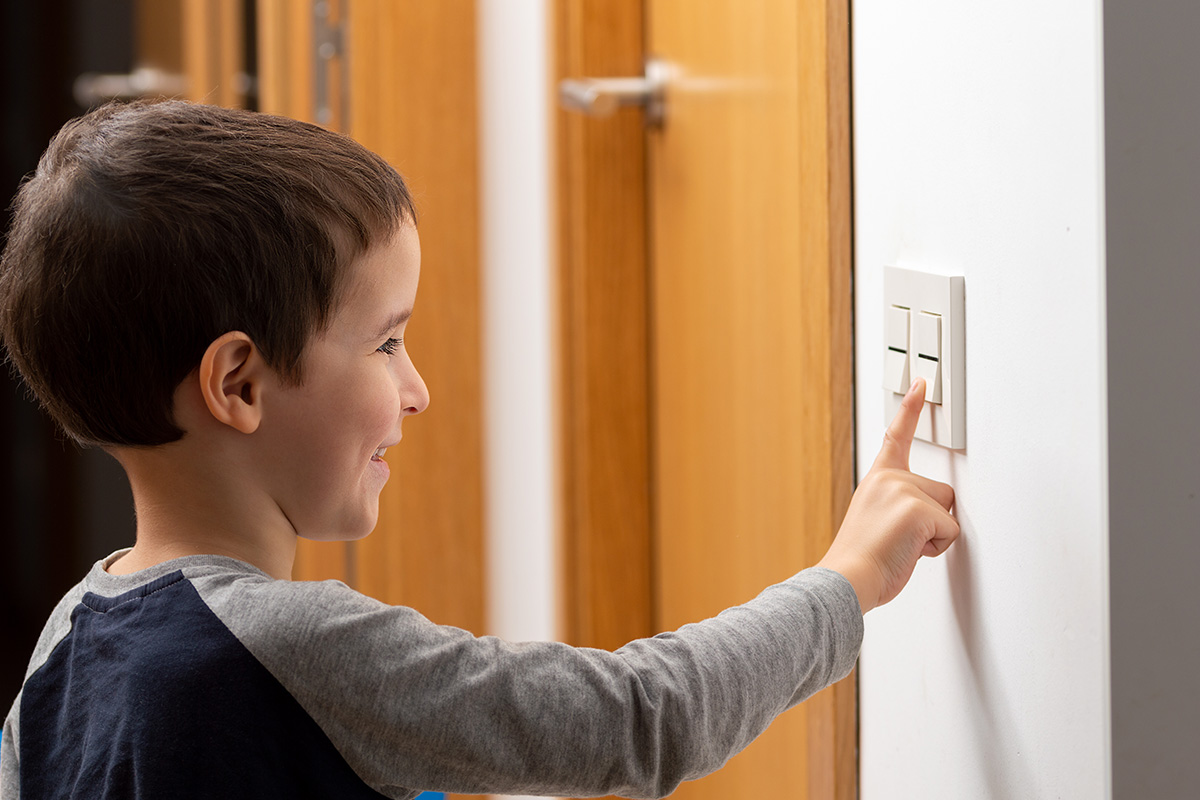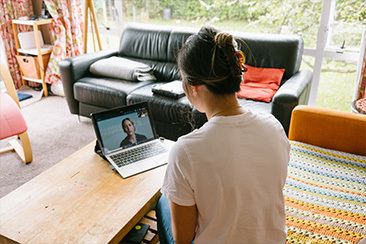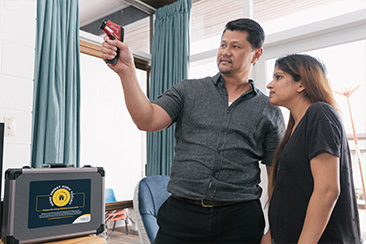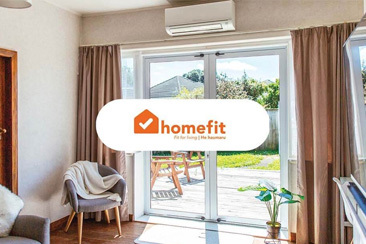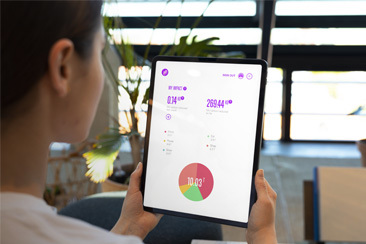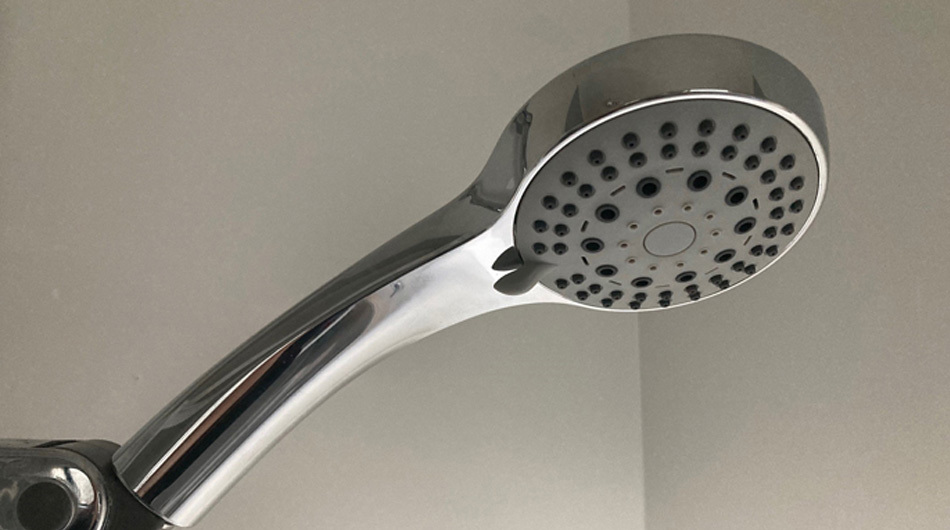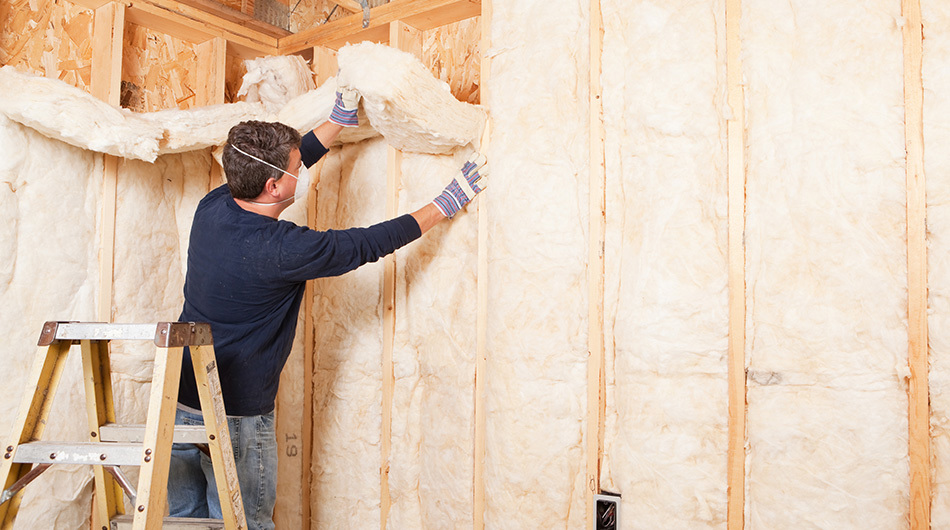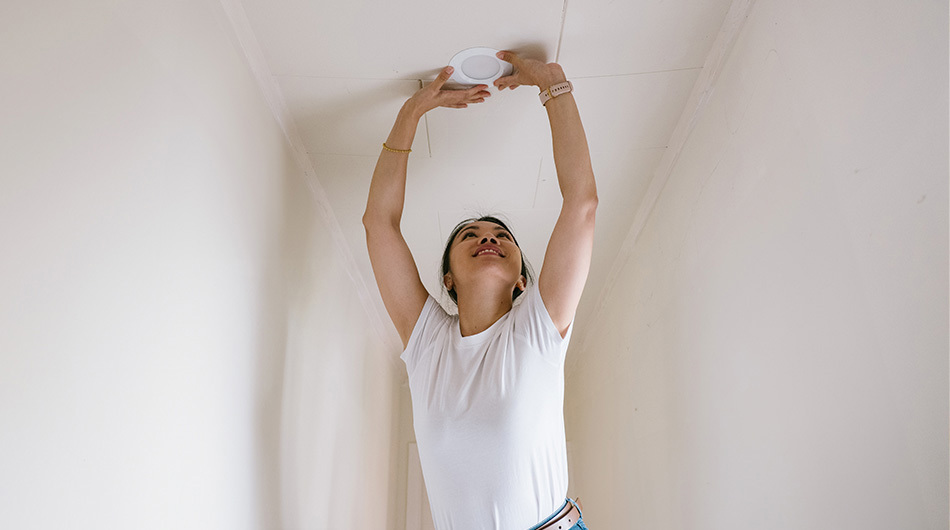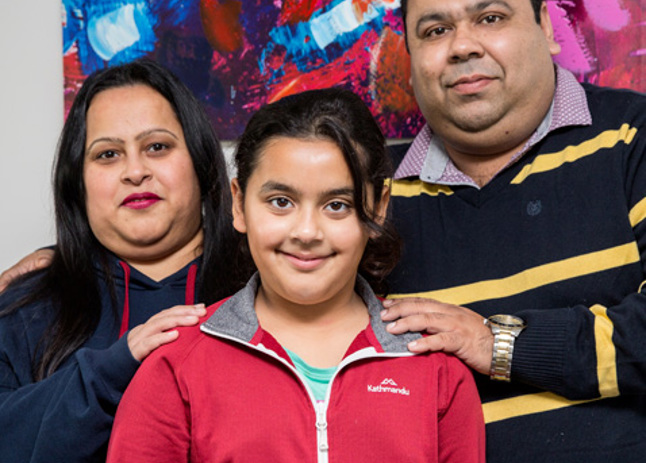Most hardware and DIY stores stock water efficient showerheads, which don’t reduce pressure or the shower experience, they just save you water (and the energy used to heat the water). In fact, you can save over $380* each year by changing your showerhead. If you’re not sure whether you’ve got a water efficient showerhead or not, it’s easy to check your flow rate and even install a low-flow washer or a 3-star rated showerhead yourself - in most cases you don’t need a plumber.
Take this action and you could save 123 kg of CO2e per person per year - the equivalent embodied emissions from 524 large cappuccinos.
*Saving of $380 each year based on electricity costs and water costs for an average 3 person house with each person having one shower per day, shower flow rate of 12L/min reducing to 9L/min (by installing a 3-star efficient shower head), 10 minute shower time and heating water with electricity costing 28c/kWh and water costing $3.43/1000L.

